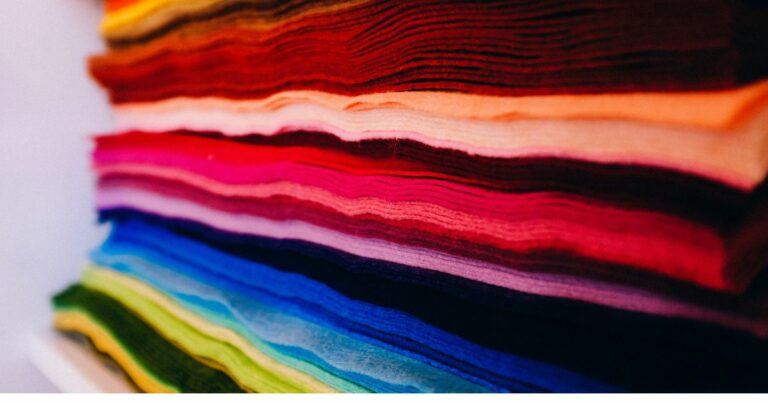Fashion and Technology: The Future of Smart Fabrics
Smart fabrics are revolutionizing the fashion industry by integrating technology into textiles. These innovative materials have the ability to sense and respond to external stimuli, making them highly versatile and practical for everyday use. By combining traditional textiles with advanced technologies, smart fabrics offer a wide range of functionalities such as temperature control, moisture management, and even health monitoring capabilities.
One of the key features of smart fabrics is their adaptability to various environments and situations. Whether it’s a self-heating jacket for cold weather or a moisture-wicking shirt for intense workouts, these fabrics are designed to enhance comfort and performance. With the continuous advancement in technology, the potential applications of smart fabrics in fashion continue to expand, opening up new possibilities for both designers and consumers alike.
The Evolution of Smart Fabrics in Fashion Industry
Over the years, smart fabrics have revolutionized the fashion industry by incorporating technology into clothing in innovative ways. These fabrics are not only aesthetically appealing but also functional, offering a wide range of benefits such as temperature regulation, moisture-wicking properties, and even biometric monitoring capabilities. From fitness trackers integrated into activewear to color-changing fabrics controlled by mobile apps, the evolution of smart fabrics has opened up a new realm of possibilities for fashion designers and consumers alike.
One of the key aspects of the evolution of smart fabrics in the fashion industry is the focus on sustainability and eco-friendliness. Designers are now exploring the use of recycled materials and biodegradable fabrics that are not only technologically advanced but also environmentally conscious. This shift towards sustainable smart fabrics is not only a reflection of changing consumer preferences but also a proactive step towards reducing the fashion industry’s carbon footprint and promoting ethical practices in garment production.
What are smart fabrics?
Smart fabrics are textiles that have been designed and developed with technology integrated into them, allowing them to perform certain functions beyond the traditional role of clothing.
How are smart fabrics changing the fashion industry?
Smart fabrics are revolutionizing the fashion industry by introducing new functionalities such as temperature regulation, moisture-wicking, and even biometric sensing capabilities.
What are some examples of smart fabrics being used in fashion?
Some examples of smart fabrics being used in fashion include self-cleaning fabrics, color-changing textiles, and even garments with built-in LED lights.
What are some of the benefits of incorporating smart fabrics into clothing?
The benefits of incorporating smart fabrics into clothing include increased comfort, improved performance, and enhanced functionality for the wearer.
How do smart fabrics contribute to sustainability in the fashion industry?
Smart fabrics can contribute to sustainability in the fashion industry by reducing the need for chemical treatments, lowering energy consumption, and extending the lifespan of garments through innovative technologies.






